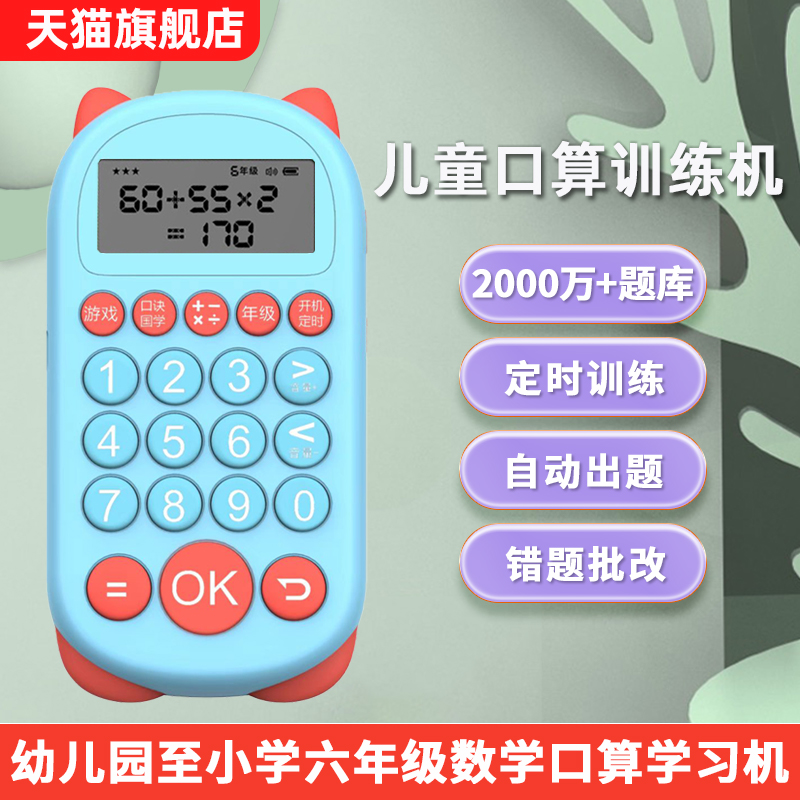不同类型学习用品的优缺点分析
峎迥匞
2024-10-24 17:44:53
0次
不同类型学习用品的优缺点分析
一、传统纸质书籍
优点:
1. 便于携带和储存:纸质书籍无需电力支持,不会因电子设备电量不足而影响使用。
2. 阅读体验好:纸质书籍的墨香和翻页的手感为阅读带来良好的体验。
3. 无需网络:不需要依赖网络即可随时随地阅读。
缺点:
1. 环保问题:纸张的生产需要砍伐树木,可能对环境造成压力。
2. 无法实现互动:传统书籍不能像电子设备那样提供互动功能,如笔记、高亮显示等。
3. 高昂的成本:相对于电子书籍,纸质书籍的成本更高,特别是购买一些稀缺的纸质书可能会非常昂贵。
二、电子学习设备(如平板电脑)
优点:
1. 便携性强:体积小,便于携带,且能储存大量信息。 2. 互动性强:可进行注释、高亮显示、甚至具有交互式学习应用。 3. 环保:不产生纸质书印刷和运输过程中的环境问题。 缺点: 1. 依赖电力:需要充电才能使用,且在无网络环境下无法使用。 2. 对眼睛的伤害:长时间使用可能会对眼睛造成伤害,如视疲劳、近视等。 3. 容易损坏:相比纸质书籍更易因意外碰撞或掉落而损坏。 三、电子笔和纸板(如电子墨水屏) 优点: 1. 模拟手写体验:能模拟传统纸笔书写的感觉,适合需要手写练习的学生。 2. 环保:无需砍伐树木,对环境友好。 3. 储存方便:与电子设备一样,可以储存大量信息。 缺点: 1. 需要电池支持:与传统的书写工具相比,电子笔需要电力支持。 2. 功能受限:相比于专业的学习应用,电子笔和纸板的功能相对较少。 3. 价格较高:相较于普通纸笔,电子笔和纸板的价格通常较高。 四、英文翻译: Analysis of Advantages and Disadvantages of Different Types of Learning Supplies Learning Supply Analysis: Pros and Cons of Various Types of Equipment: I. Traditional Paper Books: Pros: Convenient to carry and store, good reading experience, no need for internet connection. Cons: Environmental issues, limited interaction, high cost for rare books. II. Electronic Learning Devices (e.g., Tablets): Pros: Portable, interactive with annotations and highlights, environmentally friendly. Cons: Electricity dependency, potential eye strain, fragile and prone to damage. III. E-Pens and Tablet Paper (e-Ink screens): Pros: Simulate handwriting experience, environmentally friendly, easy to store information. Cons: Battery-powered, limited features compared to learning applications, high cost compared to regular paper and pens. IV. Electronique Vs Traditionnelle Outillage d'Apprentissage: Ansehlings Und Abhangligkeiten Verschiedener Typen Von Produkten undzinebezeugnisse: This type of analysis can help students and teachers make informed decisions when selecting the right learning tools for their needs and preferences. By considering the pros and cons of each type of learning supply, individuals can make the most appropriate choices to improve their learning efficiency and reduce environmental impact. For example, e-readers can be a great alternative to paper books for those who prefer a digital reading experience, while traditional writing tools may be more suitable for those who prefer handwritten practice or take notes in a more traditional manner. Electronic learning devices such as tablets provide a combination of portability and interactivity that can enhance learning efficiency in certain situations. However, it is important to remember that technology should be used as a tool to support learning, not as a substitute for traditional methods or resources. Ultimately, the best learning supply depends on the individual's needs and preferences, as well as the context and environment in which they are being used.
上一篇:多样学习用品助力孩子快乐学习
相关内容
热门资讯
儿童学习必备:多功能口算机使用...
本文介绍儿童学习必备的多功能口算机使用指南,包括启动与界面认识、基础口算练习、自定义题目与模式、计时...
学习路上,我们伴你而行——口算...
口算机是提高计算速度和准确性的工具,本文介绍了其基本认识、使用前的准备、操作步骤、技巧及注意事项。通...
口算机——你数学学习的得力助手
口算机是数学学习的得力助手,具有快速准确、操作简便等优势。它能辅助记忆数学公式,提高学习效率。在数学...
创新学习用品:口算机功能全面解...
本文详细解析了口算机的功能,包括基本计算、智能学习、互动学习及附加功能。口算机不仅可进行数学运算,还...
口算机——孩子的数学学习小助手
数字化时代下,口算机作为儿童数学学习小助手,集互动教学、个性化学习等特点于一身,可帮助孩子巩固基础、...
学习神器大揭秘:多功能口算机与...
多功能口算机:高效学习助手,快速计算,多种学习模式,个性化定制,智能纠错,助力学习旅程。可提升效率,...
口算机使用技巧:提升学习效率的...
本文介绍了使用口算机提升学习效率的技巧,包括熟悉基本操作、制定练习计划、多样化练习题目、注意错误和与...
学习必备工具:精选的几种口算机...
本文介绍了三款精选口算机产品,包括小明口算机、智慧星口算机和数学小能手口算机,它们分别适合不同年龄段...
学习新助手——多功能口算机的选...
本文提供了多功能口算机的选购指南,包括明确需求、功能特点、品牌与价格、硬件配置及售后服务等,帮助您在...
选购指南:最适合孩子的口算机学...
选购指南:为孩子选择最适合的口算机学习工具,需考虑年龄阶段、功能特点、品牌质量及价格等因素。知名品牌...



